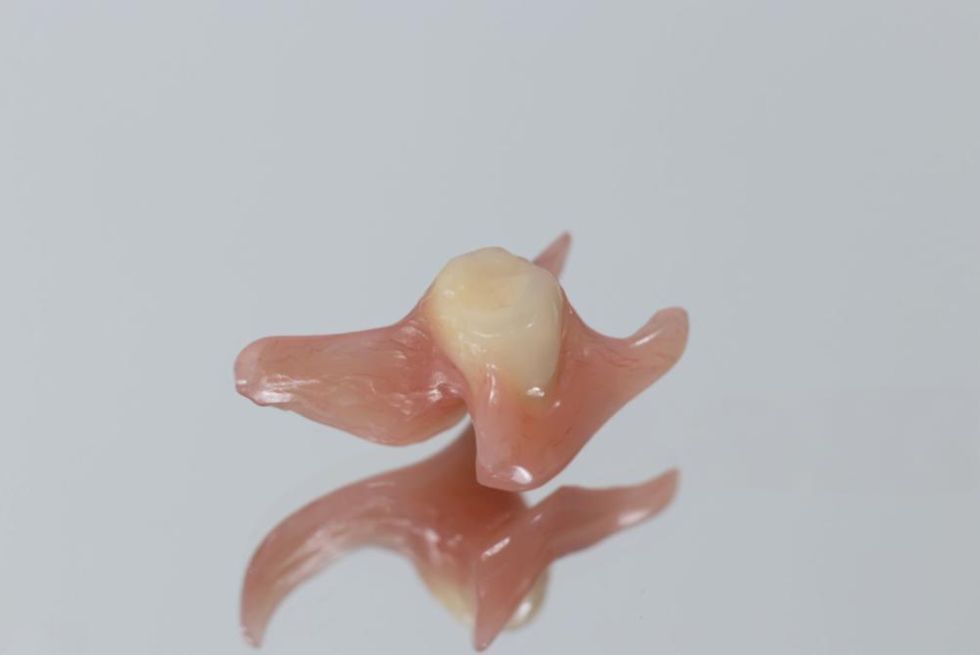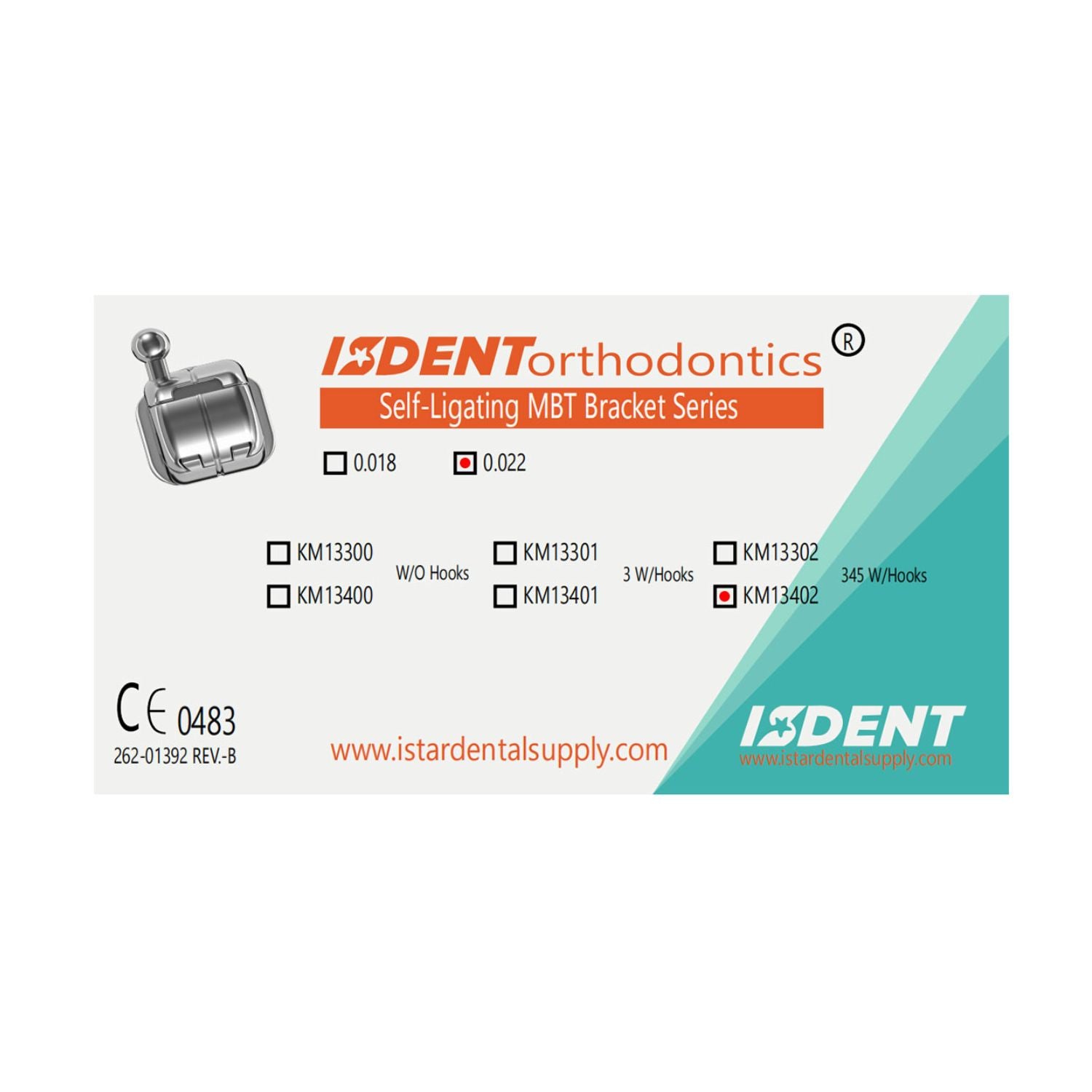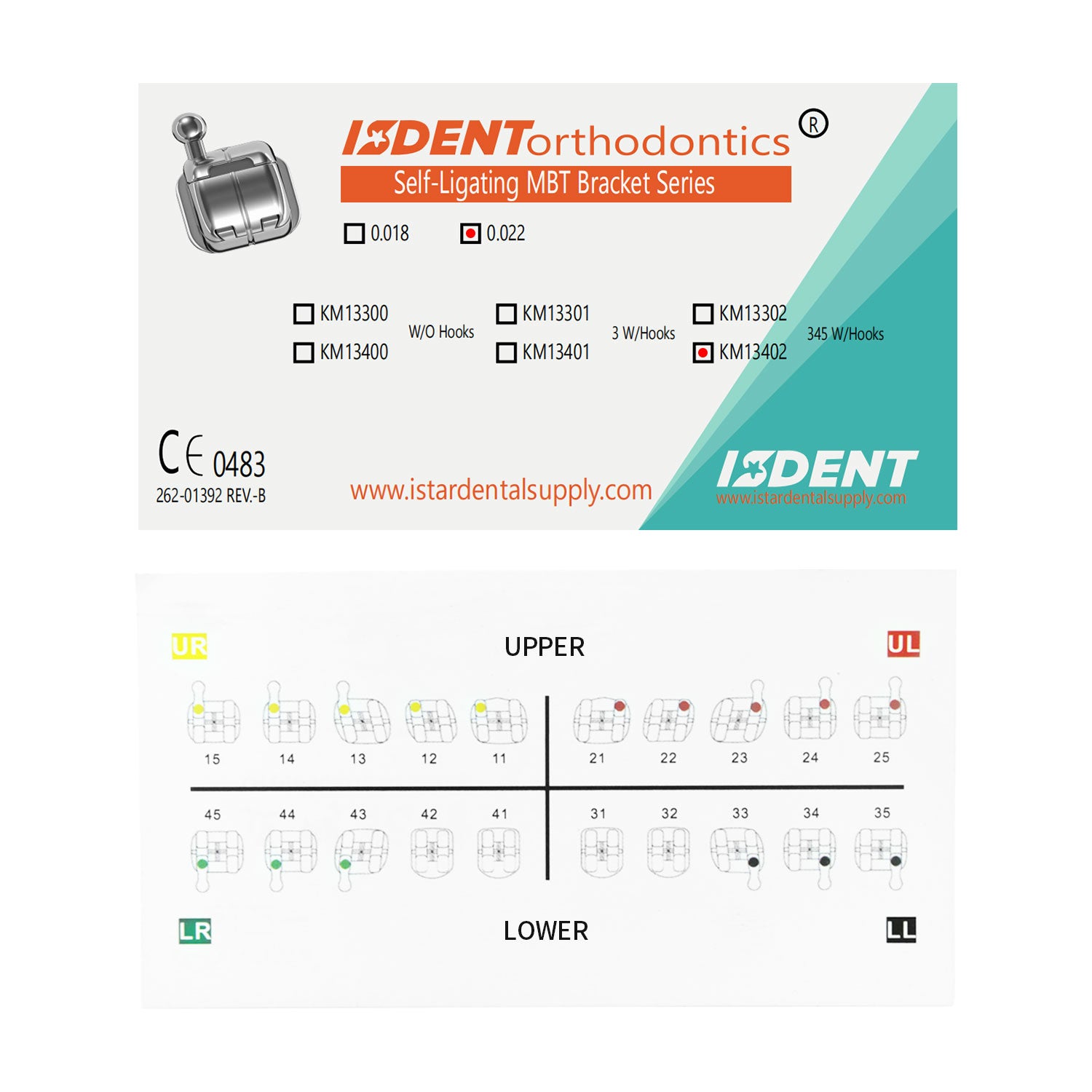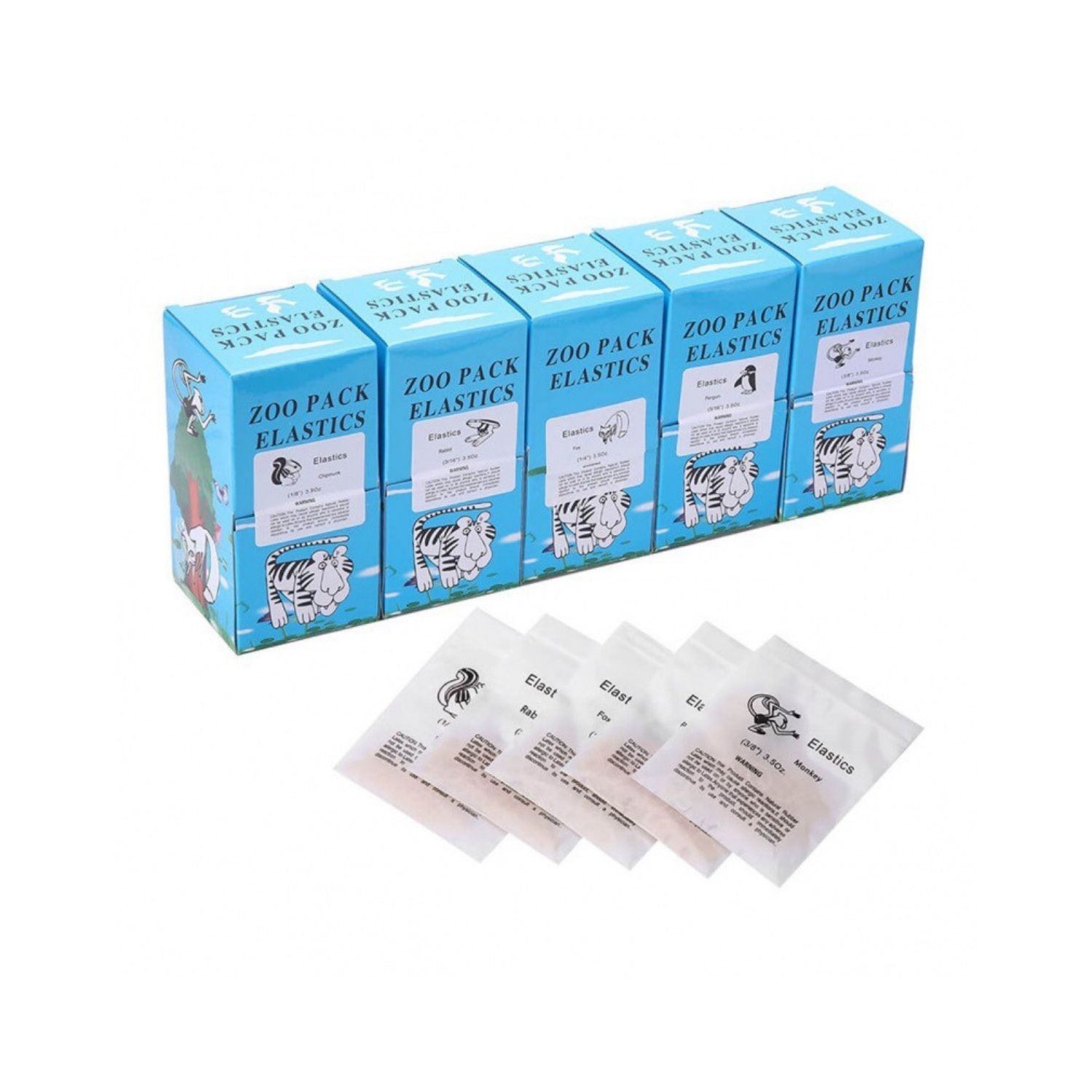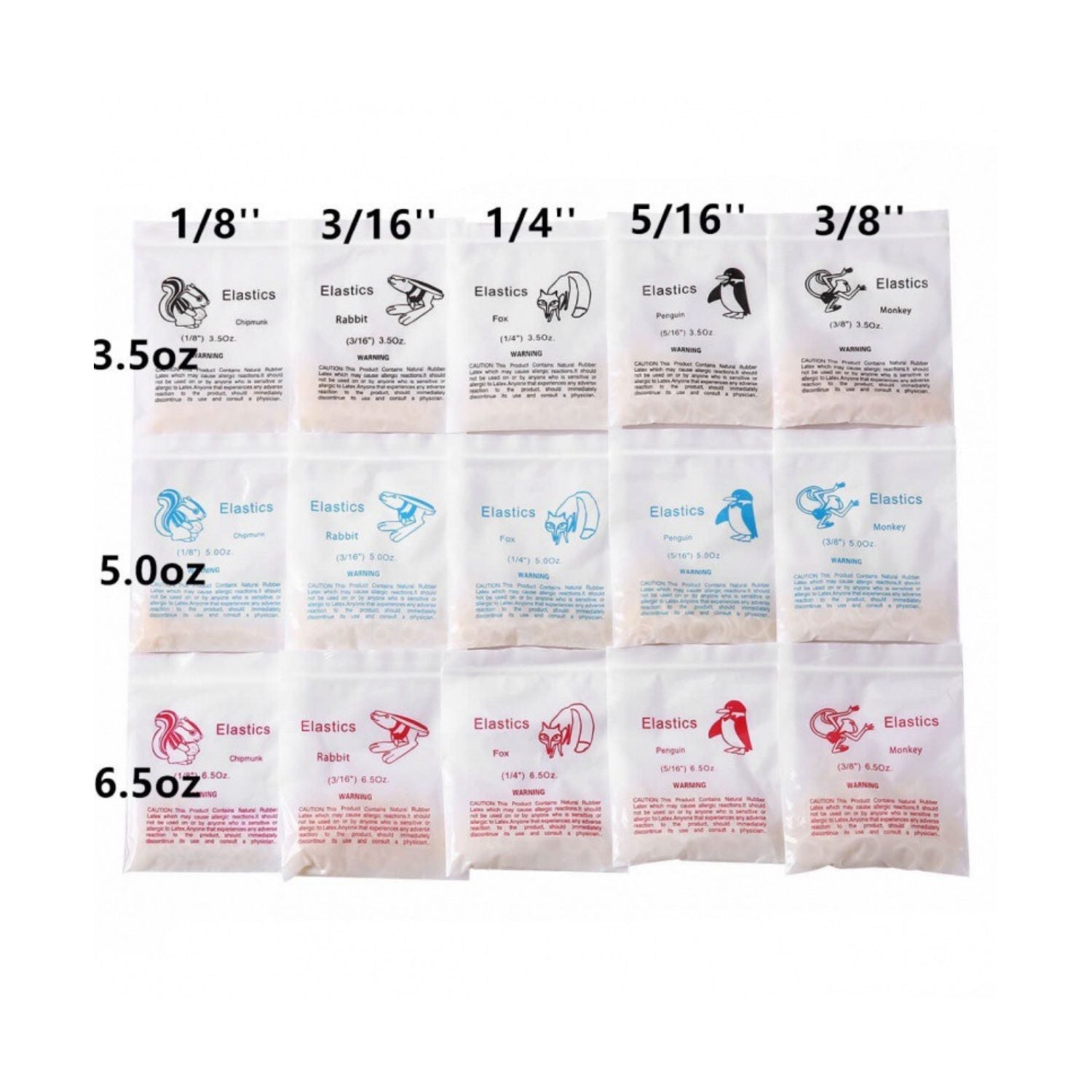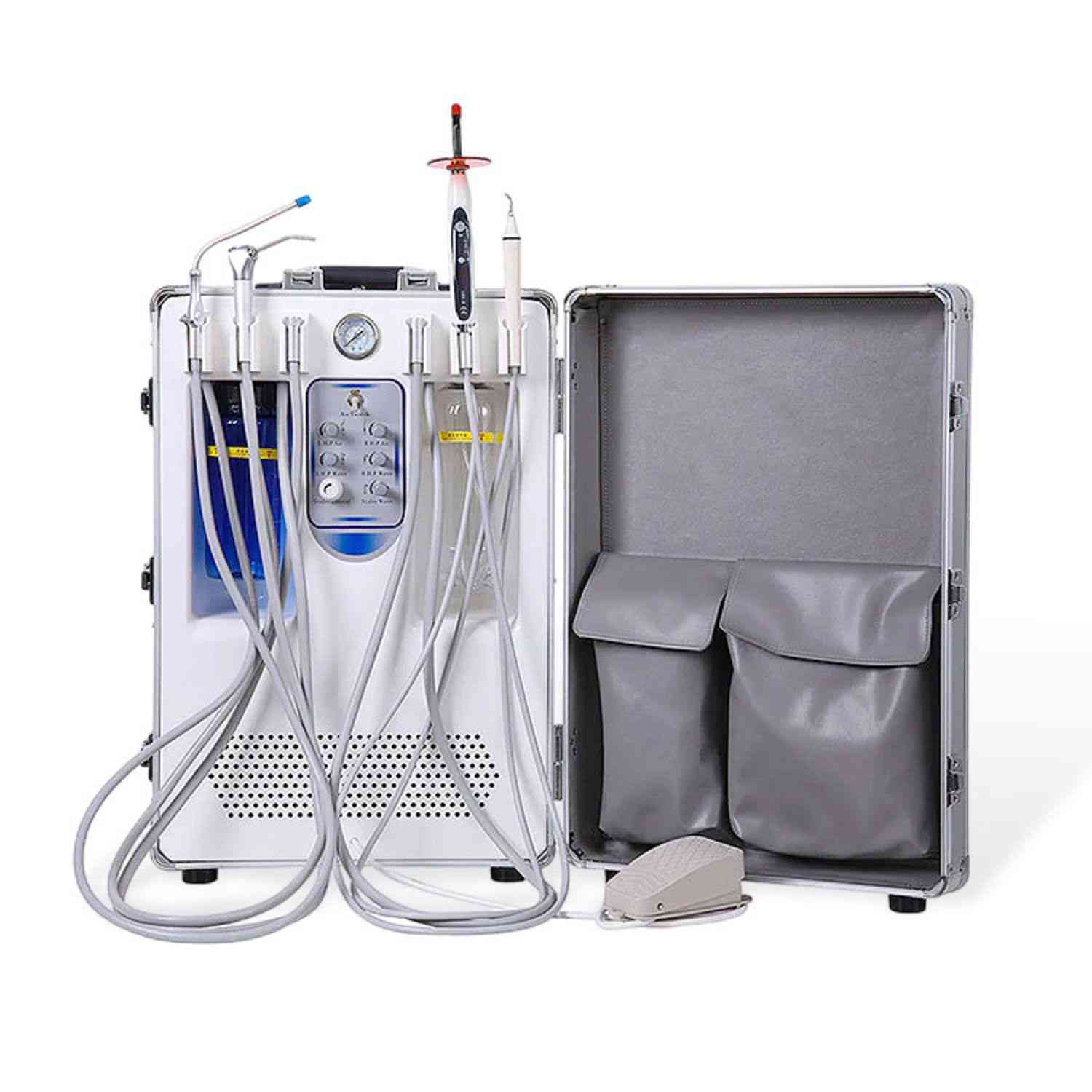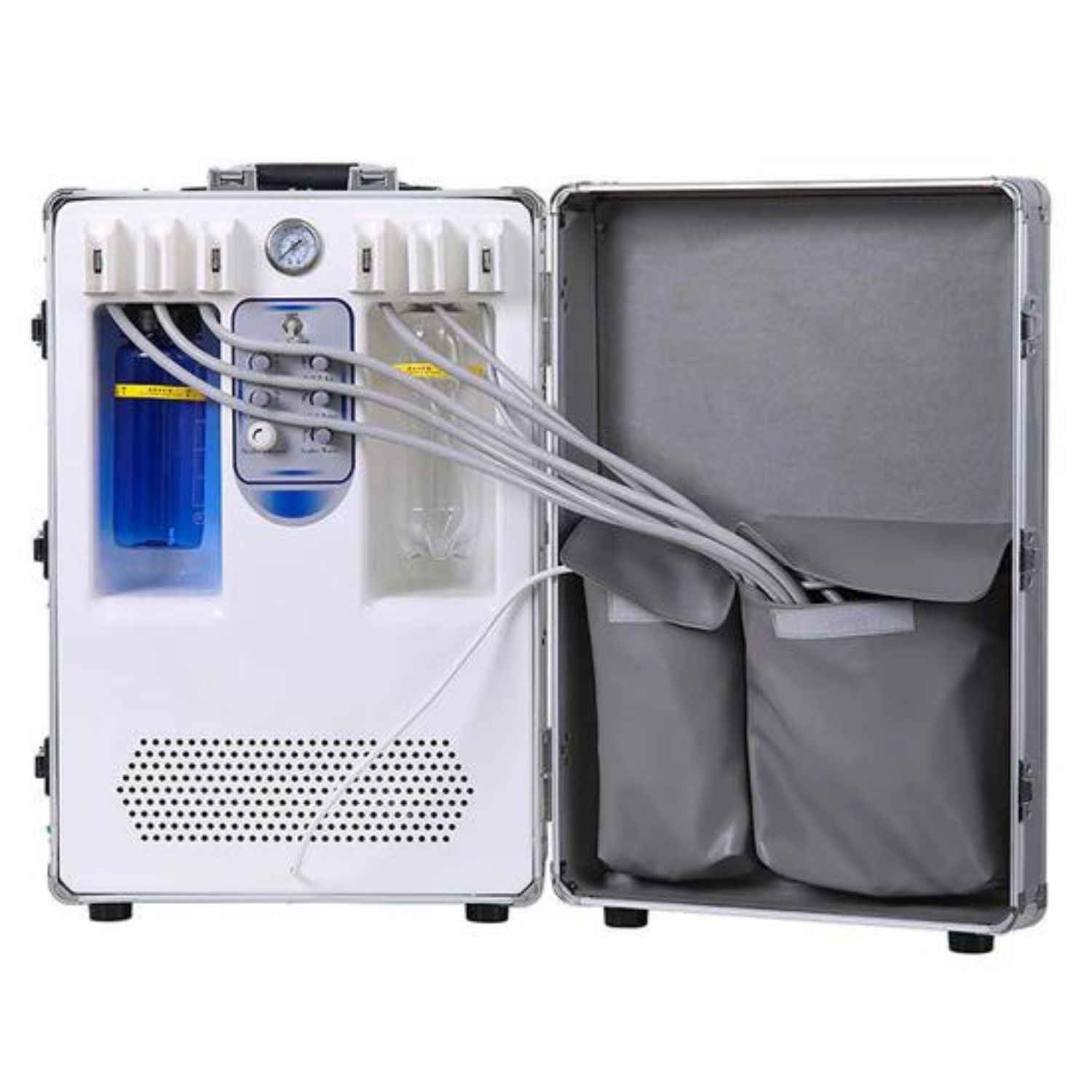Flexible Partial Dentures vs Acrylic Dentures: Which Is Right for You?
When it comes to replacing missing teeth, choosing the right denture is crucial for comfort, functionality, and aesthetics. For dentists, dental clinics, dental labs, dental hospitals, and dental schools, understanding the differences between flexible partial dentures and acrylic dentures can help provide the best solutions for patients. This comprehensive guide explores these options to help you make informed decisions.
What Are Partial Dentures?
A partial denture is a removable dental appliance designed to replace one or more missing teeth. It restores the natural appearance and functionality of the mouth by filling in gaps caused by tooth loss.
Types of Partial Dentures
- Acrylic Partial Dentures
- Flexible Partial Dentures
- Metal Partial Dentures
Each type has its unique features, benefits, and drawbacks. Selecting the right partial depends on individual needs and preferences.
Understanding Acrylic Partial Dentures
Acrylic partial dentures are traditional dentures made from a rigid, pink-colored acrylic resin that mimics the appearance of gums.
Advantages of Acrylic Dentures
- Cost-Effective: Often more affordable than other types.
- Easy to Adjust: Simple to add teeth or make modifications.
- Ideal for Immediate Cases: Suitable for immediate partial cases where teeth are extracted, and a denture is placed on the same day.
Disadvantages of Acrylic Dentures
- Bulky: Tend to be thicker, which may cause discomfort.
- Less Durable: Susceptible to fractures and may require frequent replacements.
- Visible Metal Clasps: Use metal clasps that can be noticeable when smiling.
For quality materials and equipment needed in crafting acrylic dentures, explore our Dental Equipment collection.
Exploring Flexible Partial Dentures
Flexible partial dentures are made from a thin, heat-sensitive type of plastic such as nylon or other thermoplastic materials like Valplast.
Benefits of Flexible Dentures
- Comfortable Fit: The flexibility allows the denture to adapt to the shape of your mouth, providing greater comfort.
- Aesthetic Appeal: No visible metal clasps, offering a more natural look.
- Durability: Resistant to wear and tear, making them long-lasting.
Drawbacks of Flexible Dentures
- Higher Cost: Generally more expensive than acrylic dentures.
- Difficult to Adjust: Not as easy to modify or repair due to the material's nature.
- Not Suitable for All Cases: May not be ideal for extensive tooth loss.
Discover our advanced Dental 3D LCD Printer to create precise and high-quality flexible partial dentures.

Acrylic Denture vs Flexible Denture: Pros and Cons
Choosing between flexible partial dentures and acrylic dentures involves weighing their pros and cons.
Comfort
- Flexible Dentures: Offer a snug fit and move naturally with the mouth.
- Acrylic Dentures: May feel bulky and less comfortable.
Aesthetics
- Flexible Dentures: No visible metal clasps, providing a seamless look.
- Acrylic Dentures: Often have metal clasps that may be seen when smiling.
Durability
- Flexible Dentures: More resistant to wear and tear.
- Acrylic Dentures: May need replacements more frequently due to material fragility.
Cost
- Flexible Dentures: Higher initial investment.
- Acrylic Dentures: More budget-friendly option.
What Is a Valplast Flexible Partial Denture?
Valplast is a brand name for flexible partials made from a special type of thermoplastic nylon resin.
Advantages of Valplast Partials
- Biocompatible Material: Hypoallergenic and gentle on tissues.
- Natural Appearance: Blends with gums, eliminating visible metal.
- Durable and Flexible: Provides a combination of strength and comfort.
When to Choose a Valplast Partial
- When aesthetics are a priority.
- For patients allergic to acrylic or metal.
- When seeking a comfortable, lightweight option.
Metal Partial Dentures: An Alternative Option
Metal partial dentures use a cast metal framework, typically cobalt-chromium alloys.
Benefits of Metal Partials
- Strength: Highly durable and less likely to break.
- Thin Design: Less bulky than acrylic dentures.
- Good Fit: Provides a secure fit with minimal movement.
Downsides of Metal Partials
- Aesthetics: Visible metal clasps may be unappealing.
- Cost: More expensive than acrylic dentures.
- Allergic Reactions: Some patients may be sensitive to metal.
For quality tools in crafting metal partials, check out our Dental Handpiece selection.
Resin and Acetal Resin Partials: What You Need to Know
Acetal resin partials are made from a thermoplastic material known for its rigidity and strength.
Features of Acetal Resin Partials
- Clasp-Free Design: Can be designed without metal clasps.
- Durable: Resistant to fracture and deformation.
- Aesthetic: Matches the color of natural teeth and gums.
When to Consider Acetal Resin Partials
- For patients seeking a balance between flexibility and strength.
- When metal-free options are desired.
- In cases requiring tooth-colored clasps.
How Do Dentures Replace Missing Teeth?
Dentures are made to replace missing teeth by fitting snugly over the gums.
Role of Dentures
- Restore Function: Help in chewing and speaking.
- Maintain Facial Structure: Prevent sagging of facial muscles.
- Improve Aesthetics: Provide a natural-looking smile.
Types of Dentures for Missing Teeth
- Removable Partial Denture: Suitable for patients with some natural teeth remaining.
- Complete Denture: For patients missing all teeth in an arch.
- Implant-Supported Denture: Anchored by dental implants for added stability.
Choosing the Right Partial Denture for Your Patient
Selecting the best partial denture involves several considerations.
Factors to Consider
- Patient's Oral Health: Condition of natural teeth and gums.
- Aesthetic Preferences: Desire to avoid visible metal clasps.
- Budget Constraints: Balancing cost with desired features.
- Allergies and Sensitivities: Material compatibility.
Collaborating with Patients
- Consultation: Discuss options thoroughly with patients.
- Education: Explain the pros and cons of each type.
- Customization: Tailor the denture to meet individual needs.
Why Dentists Recommend Flexible Partial Dentures
Many dental professionals prefer flexible partial dentures for certain cases.
Benefits for Patients
- Enhanced Comfort: Less irritation and soreness.
- Improved Aesthetics: No visible metal, blending seamlessly.
- Adaptability: Conforms to subtle changes in the mouth.
Situations for Recommendation
- Patients with metal allergies.
- When natural teeth are healthy and can support a flexible partial.
- For those prioritizing comfort and appearance.
Explore our Intraoral Camera to enhance patient assessments and improve treatment planning.

Denture Options: Making the Best Choice
Understanding the different denture options helps in making informed decisions.
Comparing Dentures
| Feature | Acrylic Partial | Flexible Partial | Metal Partial |
|---|---|---|---|
| Comfort | Moderate | High | High |
| Durability | Low | High | Very High |
| Aesthetics | Moderate | High | Low |
| Cost | Low | Moderate | High |
| Adjustability | High | Low | Moderate |
| Maintenance | Moderate | Moderate | Low |
Final Considerations
- Patient Satisfaction: Aim for the best functional and aesthetic outcome.
- Long-Term Needs: Consider future adjustments or replacements.
- Professional Support: Rely on expert advice and quality materials.
FAQs About Partial Dentures
Q: Can flexible partial dentures be relined like acrylic dentures?
A: Flexible partial dentures are more challenging to reline due to the material's properties. It's best to consult a dental professional for appropriate solutions.
Q: Are acrylic partial dentures suitable for patients with allergies?
A: Some patients may be allergic to the monomer in acrylic resin. Alternative materials like Valplast or acetal resin may be recommended.
Q: How long do metal partial dentures last?
A: With proper care, metal partial dentures can last many years due to their durability and resistance to wear.
Q: Do flexible dentures tend to break easily?
A: No, flexible dentures are resistant to wear and tear and less likely to break compared to acrylic dentures.
Q: What is the best partial denture for a patient missing multiple teeth?
A: The best partial denture depends on the patient's specific needs, including the number of missing teeth, oral health, and aesthetic preferences. A consultation with a dentist is essential.
Key Takeaways
- Partial dentures are essential in replacing missing teeth and restoring function.
- Acrylic dentures are affordable but may have comfort and aesthetic limitations.
- Flexible partial dentures offer comfort and a natural look without metal clasps.
- Metal partial dentures provide durability but may have visible metal components.
- Collaboration with a dental professional ensures the right choice for each patient.
For more information on dental products and equipment, visit ISTAR Dental Supply.
Ready to provide the best solutions for your patients? ISTAR Dental Supply offers a wide range of dental products to meet all your denture needs. Contact us today to learn how we can support your practice.
Note: This article is intended for educational purposes and should not replace professional dental advice.

